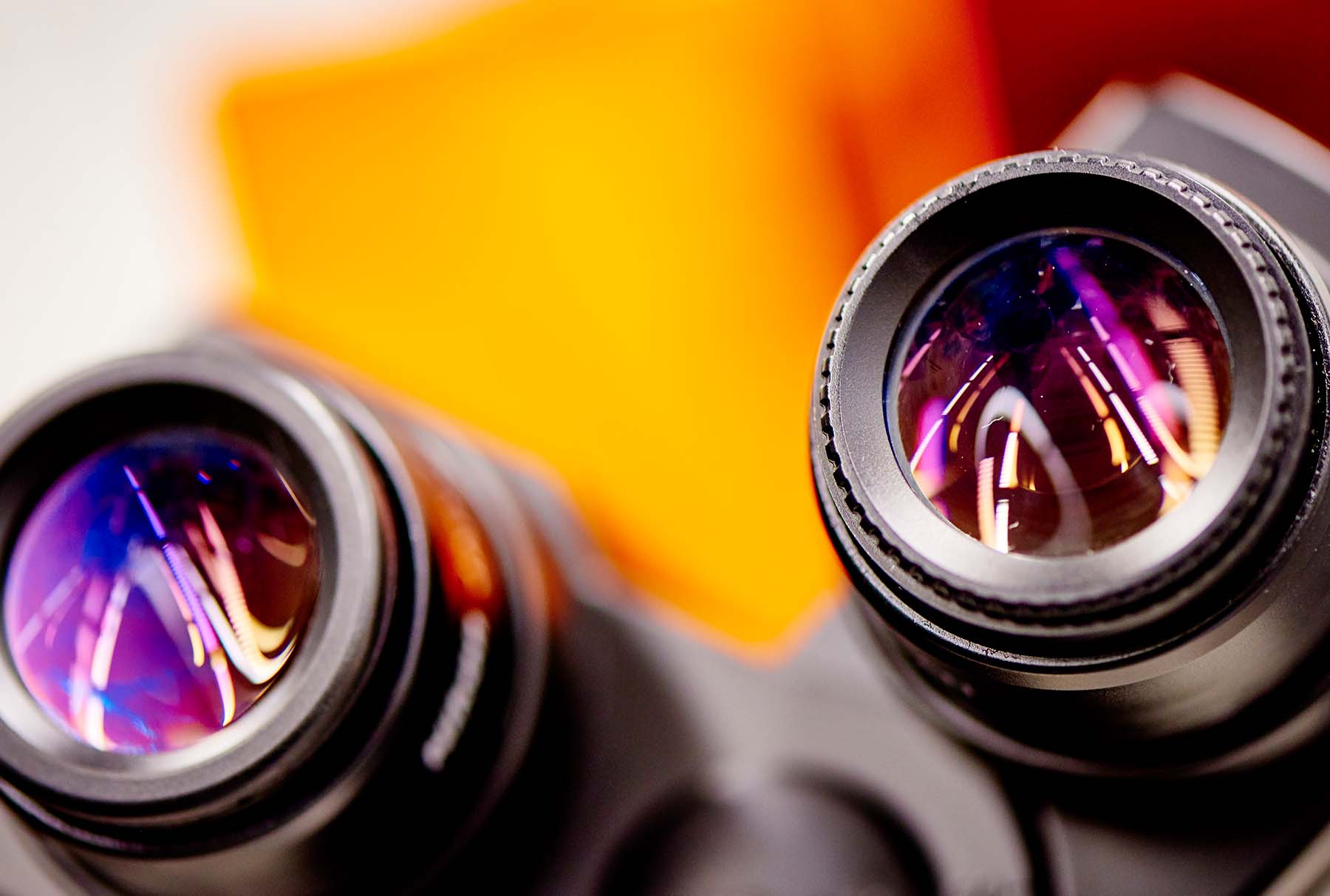Environmental Mass Spectrometry
We have over 30 years of experience in geological, soil and sediment, and gas sample analysis.
The environmental mass spectrometry laboratory has over 30 years of experience in the analysis of soil and sediments, and gas samples. We specialise in the analysis of soil organic matter, pesticides, herbicides, pollutants, microbial and petrochemical lipids, petrochemical and greenhouse gases. We use gas chromatography (GC) to resolve complex mixtures of gases, and volatile and semi-volatile compounds, coupled with mass spectrometry (GC-MS) and other detectors such as flame ionisation (FID) and electron capture (ECD).
A range of clean-up techniques can be performed to prepare samples prior to GC analysis such as sonication, Soxhlet/Soxtec™, liquid-liquid extraction, microwave and accelerated solvent extraction (ASE), column chromatography, and solid phase extraction (SPE).
The environmental mass spectrometry laboratory can perform both routine and bespoke GC and GC-MS analysis with integrated liquid and pyrolysis autosamplers, and gas sampling valves. The laboratory can also perform headspace analysis. A range of column types are available for gas, polar and non-polar compounds to provide optimised separation of complex matrices backed up by the knowledge and experience of the technical staff. Appropriate methods can be developed according to customer requirements.
The laboratory also has LC-MS systems and a thermogravimetric analyser interfaced to a mass spectrometer (TGA-MS).
Environmental MS Facility (LCMS)
ThermoFinnigan LCQ Advantage LC-MSn
This is a Thermo Surveyor LC system with autosampler and diode array detector. It is an LCQ Advantage Ion Trap MS with MSn MS-MS functionality. It has Electrospray and APCI interfaces.
It is used for (micro)biological and environmental small polar molecule detection and identification.
Currently, it is mainly used for bacteriohopanepolyol characterisation in bacterial membrane lipid extracts and soil, sediment and rock lipid extracts.
Waters Xevo TQS UPLC-MS-MS
This is a Waters Aquity gradient UPLC system with autosampler and diode array detector. It has Xevo TQS triple quadrupole UPLC-MS-MS, with Electrospray, APCI and APPI interfaces.
It is used for (micro)biological and environmental small polar molecule detection, identification and quantification.
Currently, it's mainly used for detection and quantification of organic environmental micropollutants of waters, soils and sediments, such as:
- estrogenic endocrine disruptors
- pesticides and pesticide metabolites
Environmental MS Facility (TGA-MS)
Netzsch Jupiter STA 449C
The Netzsch Jupiter STA 449C is a thermogravimetric analyser interfaced to an Aeolos QMS 403 quadrupole mass spectrometer.
It is used for the characterisation of evolved volatiles during the thermal analysis of a variety of samples, including soils and sediments as well as some engineered materials.
Contact us
To request a quote, or ask us a question, you can complete our analytical services general enquiry form below.
If you’re a Newcastle University staff member or student, you can visit the internal Research and Analytical Services' intranet page.
